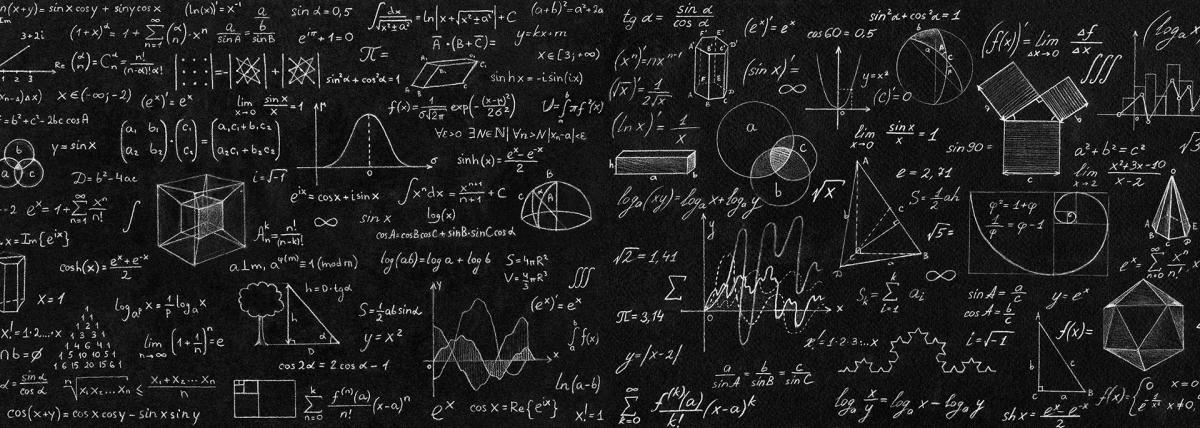
In this hands-on lesson, students illustrate and find the area and perimeter of the rockwool pattern. They also create an expression to represent the number of seeds needed to plant their rockwool

In this hands-on lesson, students illustrate and find the area and perimeter of the rockwool pattern. They also create an expression to represent the number of seeds needed to plant their rockwool

The investigation focuses on how a rubber band is used to transfer energy to an object. Students will determine a pattern for how the speed of the rubber band determines the distance a paper cube

Students design and build air powered gliders in this engaging lesson. This is a fun way to teach and apply principles of force as they apply to flight including lift, gravity, thrust, and drag

Students will explore weathering of solid rock and how it changes over time. They will use a sugar cube to represent the rock and test the effects of a rock at the top of the mountain and what occurs

Students engage in science, math, and technology skills to analyze and interpret data about rain and weather across different regions.

This is part two of a two-part lesson set. In this lesson, students will conduct test flights on their rockets, gather and analyze their flight data, and make improvements based on the results. They

Students use a constant velocity, battery powered vehicle to determine the relationship between position and time. They use their results to determine the formula for speed (change in position/time).

This ice core activity takes place within a lesson on climate change that utilizes PBS Learning Media. The teacher will build ice cores for students to investigate and gather data. Students will use

Animals need food and shelter to survive, just as humans. The requirements may differ slightly, but the basic needs of humans and animals are very similar. Nutritionally, all animals need protein